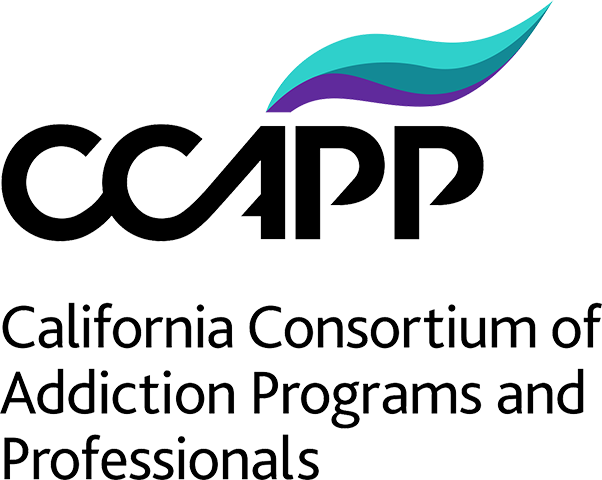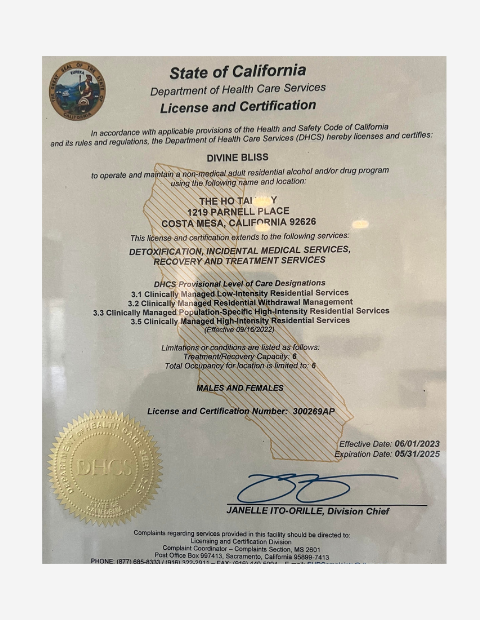Substance abuse and eating disorders are common among women seeking treatment. Researchers estimate that 50% of individuals with a substance use disorder also have an eating disorder. Persons who engaged in purging behavior had higher rates of substance use disorders.
What are the Types of Eating Disorders?
Anorexia Nervosa
Anorexia is characterized by weight loss, inability to maintain an appropriate weight concerning height and age, and a distorted body image. Individuals typically restrict the number of calories and food types eaten. People who have anorexia may excessively exercise, purge by vomiting or laxative use. There may be an intense fear of weight gain too.
Bulimia Nervosa
Bulimia is characterized by binge eating and then compensatory behaviors like vomiting or laxative use. The diagnostic criteria include eating an amount of food that is larger than most people would eat in a short amount of time. There is a loss of control feeling during the binge. Purging can mean using laxatives, vomiting, fasting, excessive exercise, or diuretics.
Binge Eating
Binge eating disorder is characterized by recurring episodes of rapidly eating large quantities of food, feeling a loss of control during the binge, experiences of shame, guilt, or distress afterward, and no purging behavior. People may eat alone or become uncomfortable eating around others.
Orthorexia
Orthorexia is not an official diagnosis recognized in the Diagnostic and Statistical Manual. It was termed in 1998 and meant an obsession with proper or “healthful;” eating. Wanting to eat healthily is not problematic. When people become so fixated on eating healthy, they could harm their well-being. It is believed that people who have orthorexia also have obsessive-compulsive disorder.
What are the Health Risks of Eating Disorders?
Eating disorders can affect multiple organ systems.
Cardiovascular System
Eating fewer calories than needed means that the body breaks itself down to use for fuel. Muscles are typically the first organs that are broken down. The heart is a vital muscle that pumps blood throughout the body. Heart failure risk rises as heart rate and blood pressure decline.
Purging from laxatives or vomiting depletes electrolytes. Potassium is an electrolyte that helps with the heartbeat and muscle contraction. Sodium and chloride can also become imbalanced, leading to irregular heartbeats and potential heart failure or death.
Gastrointestinal System
Slowed digestion from food restriction and/or purging by vomiting interferes with digestion and can lead to the following:
- Stomach pain and bloating
- Nausea and vomiting
- Blood sugar fluctuations
- Blocked intestines from solid masses of undigested food
- Bacterial infections
- Feeling full after eating only small amounts of food
- Constipation
Endocrine
The endocrine system is responsible for making hormones out of the fat and cholesterol we eat. Without it, female and male hormones (estrogen and testosterone) and thyroid hormones can fail. Lowered sex hormones could cause a loss of menstruation or irregular periods and bone loss. Binge eating could wreak havoc on insulin, leading to Type 2 Diabetes. Starving oneself can cause high cholesterol levels.
Other Health Consequences
Low calories and fat intake can cause dry skin and hair to become brittle and fall out. Individuals may grow fine hair called lanugo, a type of hair that newborns have. This fine hair helps conserve warmth. Dehydration can cause kidney failure. Anemia might develop because of a lack of iron in the diet. Malnutrition can decrease the body’s ability to fight off infection.
What Are Some Resources for Eating Disorders?
National Eating Disorders Association
NEDA is the largest nonprofit organization dedicated to supporting those with eating disorders. Their mission statement is to “support individuals and families affected by eating disorders, and serves as a catalyst for prevention, cures, and access to quality care.” Eating disorders are often left untreated because support options are inaccessible. NEDA offers screening, helpline, treatment location, support groups, research studies, advocacy, the body project, and feeding hope for clinical training.
Health at Every Size
HAES helps advance social justice, create an inclusive and respectful community, and supports people of all sizes to compassionately care for themselves. HAES offers various resources, including blogs, books, podcasts, in-person and online groups, physical body services, videos, and other media. HAES reported that it “is the new peace movement. It helps us recognize that health outcomes are primarily driven by social, economic, and environmental factors, requiring a social and political response.”
Jennifer Gaudiani
Dr. Gaudiani is a world-renowned eating disorder specialist. She has authored books, like Sick Enough: A Guide to the Medical Complications of Eating Disorders. Her book uses easy to understand language to help navigate the medical issues involved with eating disorders. Dr. Gaudiani also has a library of podcasts.
Tabitha Farrar
Tabitha is fully recovered from anorexia and now coaches others. She has a YouTube channel, podcast, and blog that covers many topics about eating disorders. Tabitha also instructs gym owners on how to identify and professionally deal with eating disorders.
Trauma, Eating Disorders, and Substance Use
Identifying whether the eating disorder or substance use came first could help address the issue’s root cause. For example, those whose eating disorder came first are more likely to suffer from obsessive-compulsive disorder, panic disorder, and social phobia. Both substance use and eating disorders seem to share risk factors and characteristics, like exposure to trauma and the role of attachment.
Histories of trauma often precede symptoms like eating disorders, substance use disorders, compulsive type disorders, anxiety, and depression. These symptoms might represent trauma reenactment. This unconscious repetitive behavior and the need to repeat the trauma is compulsive and compelling. The compulsion to repeat traumatic behavior is covert and often symbolic. Early life patterns are continually repeated throughout life, reconstructed with different people, places, and things to play the same roles with the same endings.
The Ho tai Way – Recovery for Women is a dually diagnosed program that works with women with substance abuse and eating disorders. If you want to find the root cause of your maladaptive patterns and heal from trauma, addiction, and eating disorders, contact our admissions department. Call (714) 581-3974.









